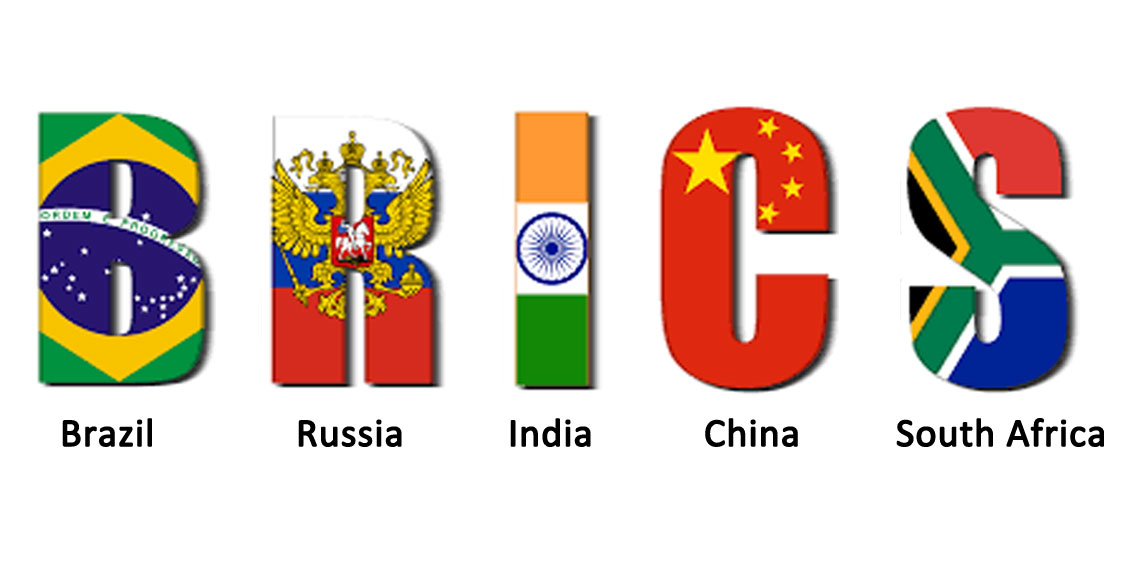
The yield on Brazil’s 10-year government bond rose above 11.55%, rebounding from a three-month low of 11.46% seen August 14th, as mounting hawkish expectations for the Brazilian central bank supported Brazilian yields. The central bank's IBC-Br, a GDP preview, increased by 1.4% in June, nearly three times the anticipated 0.5% rise, closing the second quarter with a 1.1% gain. Central bank director Gabriel Galípolo clarified that recent Copom meeting minutes hinting at a potential Selic rate hike were not specific policy signals. Despite this, Galípolo assured that the bank will monitor economic variables closely and pursue its inflation target amid rising inflation and a tightening labor market. Conversely, Brazil’s retail sales saw their steepest drop of the year, raising doubts about Central Bank President Roberto Campos Neto's claim that high interest rates are not "exorbitant.
The yield on the Russian 10-year OFZ rose further to near the 16% mark, touching new 2-1/2-years highs, after the Central Bank of Russia raised its benchmark rate by 200 basis points to 18% in its July meeting, resuming its tightening cycle amid growing inflationary pressures. This decision elevated borrowing costs to their highest level since the extraordinary hike to 20% shortly after Russia's invasion of Ukraine. The Central Bank of Russia also indicated that it might continue raising rates if inflation does not sufficiently slow down, as the economy's low capacity limits aggregate supply.
India 10Y Bond Yield was 6.86 percent on Tuesday August 27, according to over-the-counter interbank yield quotes for this government bond maturity. Historically, the India 10-Year Government Bond Yield reached an all-time high of 14.76 in April of 1996.
China's 10-year government bond yield rose above 2.16%, as traders assessed recent positive economic data from the country. Industrial firms in China reported a 3.6% year-on-year growth in profits, totaling CNY 4,099.17 billion for the first seven months of 2024, amid Beijing's ongoing efforts to bolster a fragile economic recovery, which is grappling with weak domestic demand, disinflation risks, and a struggling property sector. Meanwhile, on Monday, the central bank injected CNY 300 billion through a one-year MLF, maintaining the interest rate at 2.30% following an unexpected 20 basis point cut in July. Investors are now closely watching the upcoming August PMI figures for additional insights into the health of the world’s second-largest economy.
South Africa's 10-year government bond yield was around 9.30%, its highest level in over a week, reflecting receding global fears of a potential recession in the world’s largest economy. Domestically, investors remain optimistic about South Africa’s economic prospects under the new coalition government and the easing of power cuts. On the monetary policy front, the South African Reserve Bank (SARB) kept its benchmark interest rate at a 15-year high of 8.25% during its July meeting, maintaining a restrictive stance to control inflation, which is still higher than desired. However, for the first time since September 2023, the SARB's committee was split on the decision: four members favored holding rates steady, while two supported a 25-basis-point cut. The SARB is anticipated to cut interest rates for the first time in over two years, with a 25-bps reduction to 8.00% expected on September 19th.